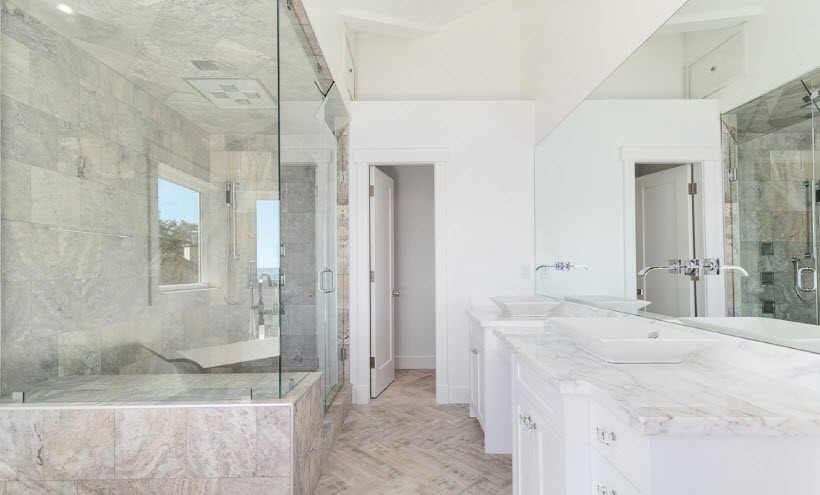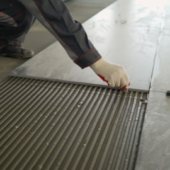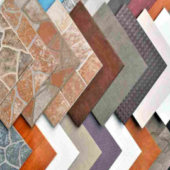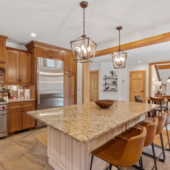Introduction
Marble is a luxurious and timeless natural stone that has captivated people for centuries. Its elegance, durability, and versatility have made it a popular choice for various applications, from architectural masterpieces to exquisite sculptures. In this comprehensive guide, we will delve into the world of marbles and explore its formation, locations where it can be found, reasons behind its popularity as a surface material, and its durability.
What is Marble and How is it Formed?
Marble is a metamorphic rock that originates from limestone, a sedimentary rock composed primarily of calcite. The formation of marble begins deep within the Earth’s crust, where intense heat and pressure act upon limestone over millions of years. This process, known as metamorphism, causes the calcite crystals in limestone to recrystallize and interlock, giving birth to the stunning beauty of marble.
Where Is Marble Found?
Marble can be found in various parts of the world, each with its unique characteristics and color variations. Some of the notable locations for marble extraction include:
-
Carrara, Italy: Known as the birthplace of marble, Carrara is famous for its high-quality, pure white marble. It has been used in iconic sculptures and buildings throughout history.
-
Vermont, USA: Vermont marble is renowned for its beautiful veining patterns and range of colors, including white, gray, and green. The state is home to the popular Danby marble, highly sought after for its exceptional quality.
-
Rajasthan, India: India has a rich history of marble craftsmanship, and the state of Rajasthan boasts an abundance of marble deposits. The famous Makrana marble, used in the construction of the Taj Mahal, originates from this region.
-
Greece: Greece has a long-standing tradition of marble quarrying, and the country’s marble is celebrated for its unique colors and textures. The legendary white marble from the island of Thassos is particularly esteemed.
Why Are Marble Surfaces Popular?
Marble surfaces have gained immense popularity for several compelling reasons, making them a preferred choice for various applications, including countertops, flooring, and wall cladding. Let’s explore the key factors behind their widespread appeal:
-
Timeless Elegance: Marble’s inherent beauty and classic appeal have made it a symbol of luxury and sophistication. Its natural veining and unique patterns create a sense of depth and visual interest, adding character to any space.
-
Versatility in Design: With a wide array of colors, textures, and finishes available, marble offers limitless design possibilities. Whether you seek a sleek, contemporary look or a traditional, opulent aesthetic, there is a marble option to suit every style.
-
Durability: While marble is not as hard as some other stones, it is still highly durable and capable of withstanding the test of time. Properly sealed and maintained, marble surfaces can maintain their beauty and functionality for decades.
-
Heat Resistance: Marble’s heat resistance makes it an excellent choice for kitchen countertops and fireplace surrounds. It can withstand high temperatures without warping or discoloration, making it both practical and visually appealing.
-
Natural Coolness: Marble has a natural coolness to the touch, making it ideal for warmer climates. This quality makes it comfortable for walking barefoot and a refreshing choice for bathrooms or outdoor applications.
How Durable is Marble?
Marble’s durability is influenced by various factors, including its composition, finish, and maintenance. While it is softer than granite or quartzite, marble is still a robust material when used and cared for correctly. Here are some key points to consider:
-
Scratch Resistance: While marble can be susceptible to scratches and etching, the extent of its vulnerability depends on the specific type of marble and its finish. Honed or matte finishes are more forgiving and can hide minor scratches, while polished finishes are more prone to showing signs of wear. It is important to use cutting boards and avoid dragging heavy objects across marble surfaces to minimize the risk of scratches.
-
Stain Resistance: Marble is composed of calcium carbonate, which can react with acidic substances, resulting in stains or etching. Sealing the marble surface with a high-quality sealant can help protect it against stains to some extent. Promptly cleaning up spills, especially those containing acidic liquids like citrus juice or vinegar, can further prevent staining. Regular maintenance and resealing will ensure the longevity of marble surfaces.
-
Care and Maintenance: Proper care and maintenance are crucial for preserving the beauty and durability of marble. Regular cleaning with a pH-neutral stone cleaner or mild soap and water is recommended to avoid damaging the surface. Avoid using abrasive cleaners or scrub brushes that can cause scratches. Additionally, resealing the marble every 6 to 12 months will help maintain its stain resistance.
-
Longevity: With proper care, marble surfaces can last a lifetime. However, it is important to note that marble is a natural stone and will develop a patina over time. This patina adds to the charm and character of the marble but may not be desirable for everyone. Regular maintenance, including polishing and resealing, can help preserve the original appearance of the marble for longer.
-
Application Considerations: Understanding the intended use of marble surfaces is essential for assessing its durability. While marble is well-suited for many applications, such as countertops and flooring, it may not be suitable for areas with heavy foot traffic or where excessive force or impact is expected. It is important to consider the specific needs and requirements of each project before selecting marble as the material of choice.
In conclusion, marble is a fascinating natural stone that offers timeless beauty, versatility in design, and durability when properly cared for. Its formation through the metamorphic process, along with its availability in various locations worldwide, contributes to its uniqueness. Marble surfaces have gained popularity due to their elegance, versatility, and ability to elevate the aesthetics of any space. Understanding the factors that affect its durability and implementing proper maintenance practices will ensure the longevity and beauty of marble surfaces for years to come. Whether used in residential or commercial settings, marble continues to captivate with its natural charm and sophistication.
Chandan Marbles, Best Marble Dealers in Pune –
The maintenance of marble can be difficult despite its beauty. Fortunately, there won’t be as much to worry about as long as you routinely seal it and mop up spills right away. The advice in this article should help you always achieve the greatest results when you need to clean or deal with tough stains.
Chandan Marbles has 25 years of experience in the industry and has consistently offered customers trustworthy service. Chandan Marbles is currently one of the market leaders in Pune, with a sizable number of storefronts dispersed throughout the city. With the help of our knowledgeable staff at Chandan Marbles, a prominent Italian marble manufacturer in Pune, you can select the perfect stone to embellish your homes.
Visit https://chandanmarbles.com/ to understand more about us. Contact us by phone at 99225 0062 or 99229 50074, or by email at info@chandanmarbles.com






